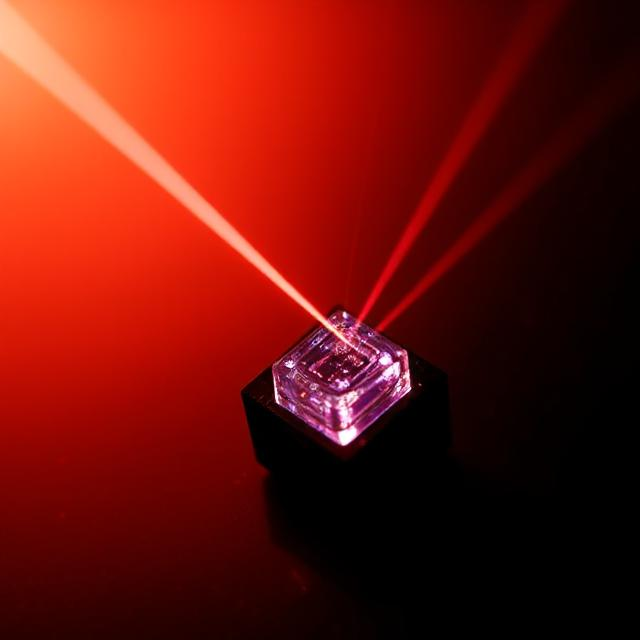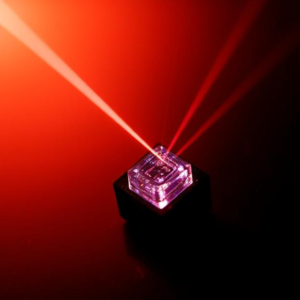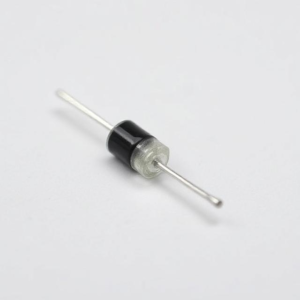Understanding LEDs, Photodiodes, and Optoelectronic Devices – A Brief Summary
1. Introduction to Optoelectronic Devices
Optoelectronic devices are electronic devices that interact with light. These devices either emit, detect, or control light. They play a crucial role in modern technologies like telecommunications, medical imaging, and consumer electronics. Among the most commonly used optoelectronic devices are LEDs (Light Emitting Diodes) and photodiodes.

2. Light Emitting Diodes (LEDs)
What is an LED?
An LED is a type of light source that emits light when an electric current passes through it. LEDs are made from semiconductor materials and are a type of electroluminescent device, meaning they emit light when an electric current excites the atoms in the material.
How LEDs Work:
-
Semiconductor Materials: LEDs are made from semiconductors like gallium arsenide (GaAs) or gallium nitride (GaN). These materials have properties that allow them to emit light when electrical energy is applied.
-
Electrons and Holes: In a semiconductor, electrons move from a negatively charged area (called the “n-type” material) to a positively charged area (called the “p-type” material). When electrons fall from a high-energy state to a low-energy state, they release energy in the form of light.
-
Color of Light: The color of the light emitted by an LED depends on the bandgap of the semiconductor material used. For example, blue LEDs are made from materials like GaN, while red LEDs use materials like GaAs.
Advantages of LEDs:
-
Energy-Efficient: LEDs use less energy compared to incandescent and fluorescent bulbs.
-
Long Lifespan: LEDs last much longer, often up to 50,000 hours or more.
-
Compact and Durable: They are small in size and more durable because they are solid-state devices without filaments or glass parts.
-
Versatile: LEDs are used in displays (TVs, smartphones), indicators (like on appliances), streetlights, and even in medical devices.
3. Photodiodes
What is a Photodiode?
A photodiode is a semiconductor device that detects light and converts it into electrical current. It works on the principle of the photoelectric effect, where light energy is absorbed by the semiconductor, causing the emission of electrons and generating an electrical current.
How Photodiodes Work:
-
Absorption of Light: When light strikes the photodiode, it excites electrons within the semiconductor material.
-
Current Generation: The excited electrons flow through the semiconductor, creating a current. This current is proportional to the intensity of the light hitting the photodiode.
-
Reverse Biasing: Photodiodes are usually operated in reverse bias, meaning the positive terminal of the power source is connected to the cathode and the negative terminal to the anode. In this mode, the photodiode generates current only when illuminated.
Types of Photodiodes:
-
PIN Photodiodes: These have a p-type and n-type material with an intrinsic layer between them, which increases efficiency.
-
Avalanche Photodiodes (APDs): These have a high internal gain, making them more sensitive to low levels of light.
Applications of Photodiodes:
-
Light Detection: Used in sensors for light meters, camera sensors, and fiber optic communication systems.
-
Solar Cells: Photodiodes can be used in solar panels to convert sunlight into electrical energy.
-
Optical Communication: Photodiodes are used in optical receivers for transmitting data over fiber optics.
4. Comparison: LEDs vs. Photodiodes
| Feature | LED (Light Emitting Diode) | Photodiode |
|---|---|---|
| Function | Emits light when current flows through. | Detects light and generates current. |
| Operation | Forward bias. | Reverse bias. |
| Material | Made of semiconductor materials like GaN or GaAs. | Made of semiconductor materials like Si or Ge. |
| Use | Light sources (displays, indicators). | Light sensors (cameras, optical fibers). |
| Direction of Current | Current flows to produce light. | Current generated when light hits. |
5. Optoelectronic Devices: More than Just LEDs and Photodiodes
While LEDs and photodiodes are some of the most well-known optoelectronic devices, there are other devices in this category, such as:
Laser Diodes (LDs):
-
Laser diodes emit coherent light (light with a fixed phase relationship). They are used in devices like CD/DVD players, laser printers, and fiber optic communications.
Phototransistors:
-
These are similar to photodiodes but with the ability to amplify the signal, making them more sensitive. They are commonly used in light detection circuits.
Solar Cells:
-
A type of photodiode, solar cells convert light (mostly sunlight) directly into electrical energy, making them essential for renewable energy applications.
Optical Sensors:
-
These sensors detect light for various purposes, such as in optical switches, light meters, and proximity sensors.
6. Applications of Optoelectronic Devices
-
Communication: Optoelectronic devices, particularly photodiodes, are widely used in fiber-optic communications, transmitting data over long distances at high speeds.
-
Medical Devices: LEDs and photodiodes are used in medical imaging (like in X-ray systems) and pulse oximeters to measure oxygen levels in blood.
-
Consumer Electronics: LEDs are used for backlighting in TVs, monitors, and smartphones, while photodiodes are used in camera sensors and optical mice.
-
Lighting: LEDs are commonly used in general lighting, automotive lighting, and street lighting due to their energy efficiency and long lifespan.
7. Conclusion
LEDs, photodiodes, and other optoelectronic devices are foundational to modern technology. LEDs offer energy-efficient lighting solutions, photodiodes are essential for light detection and communication, and other optoelectronic devices continue to improve how we interact with and use light in daily life. These devices not only drive consumer electronics but also contribute significantly to industries like telecommunications, healthcare, and renewable energy.











